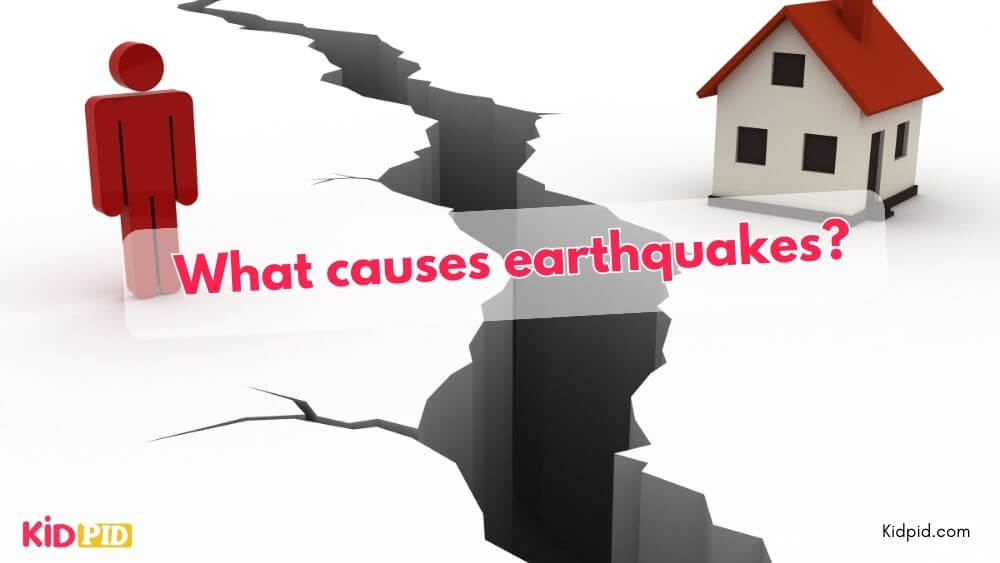Earthquakes are primarily caused by the movement of tectonic plates beneath the Earth’s surface. These movements can result from the plates sliding past each other, pulling apart, or colliding, which releases energy in the form of seismic waves, causing the ground to shake.
Contents
MCQs
1. What are tectonic plates made of?
A) Water
B) Rock
C) Ice
D) Sand
Answer: B) Rock
Explanation: Tectonic plates are large pieces of the Earth’s crust and uppermost mantle, which are made of solid rock. These plates float on the semi-fluid asthenosphere beneath them.
2. Which of the following is a boundary where earthquakes are likely to occur?
A) Transform boundary
B) The equator
C) The North Pole
D) A city center
Answer: A) Transform boundary
Explanation: A transform boundary occurs when two tectonic plates slide past each other horizontally. The friction and stress caused by this sliding can lead to earthquakes.
3. What is the point on the Earth’s surface directly above where an earthquake starts called?
A) Epicenter
B) Hypocenter
C) Centerpoint
D) Ground zero
Answer: A) Epicenter
Explanation: The epicenter is the point on the Earth’s surface located directly above the focus or hypocenter of an earthquake. It is usually the location where the earthquake’s effects are felt most strongly.
4. What is a seismograph used for?
A) Measuring wind speed
B) Recording earthquake waves
C) Predicting the weather
D) Tracking animal movements
Answer: B) Recording earthquake waves
Explanation: A seismograph is an instrument used to detect and record the vibrations and ground motion caused by earthquakes. It helps scientists understand the strength and characteristics of an earthquake.
5. Which of the following scales measures the magnitude of an earthquake?
A) Beaufort scale
B) Richter scale
C) pH scale
D) Kelvin scale
Answer: B) Richter scale
Explanation: The Richter scale is used to measure the magnitude or overall strength of an earthquake. It is a logarithmic scale, meaning each whole number increase represents a tenfold increase in
Read More:
